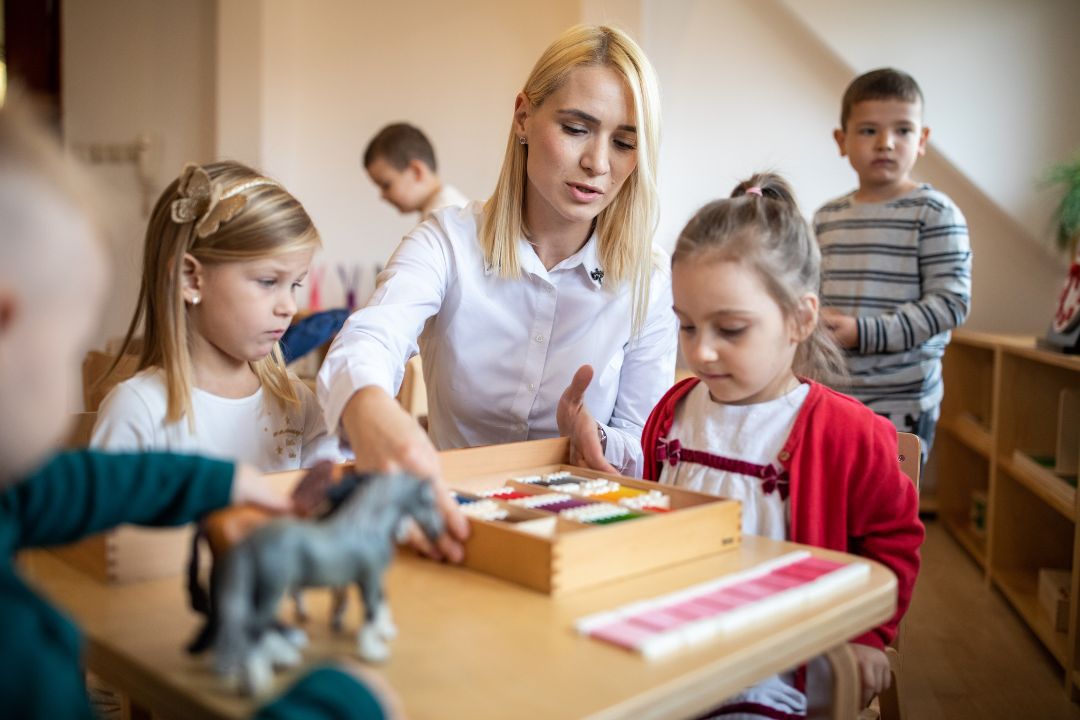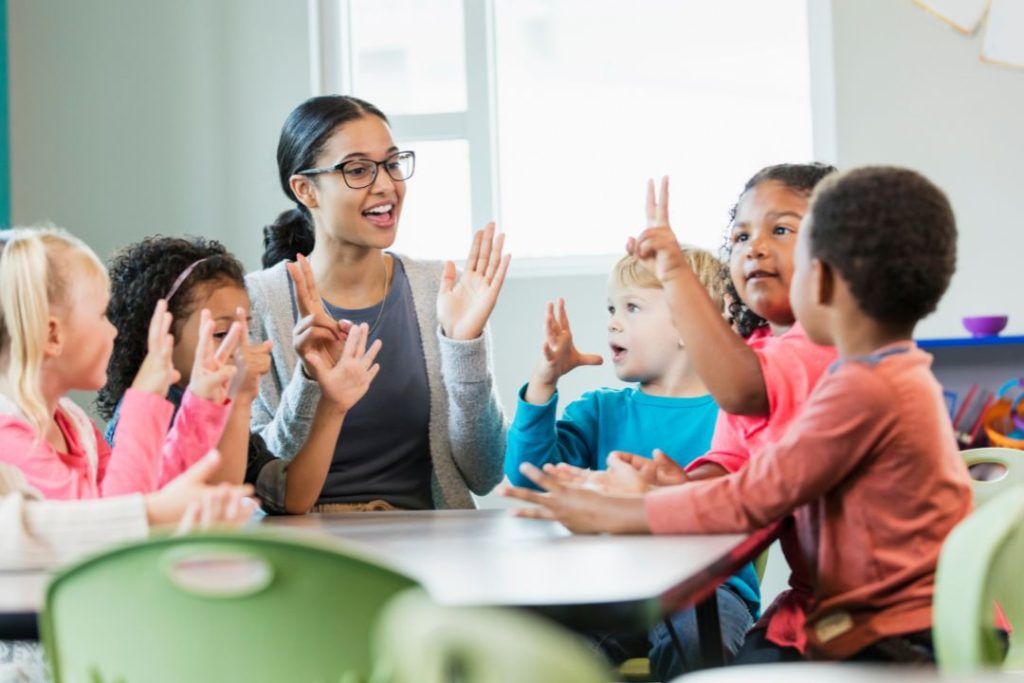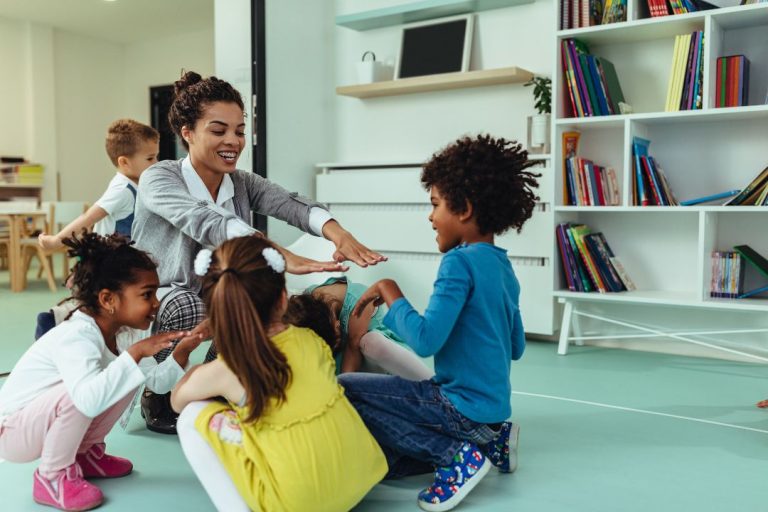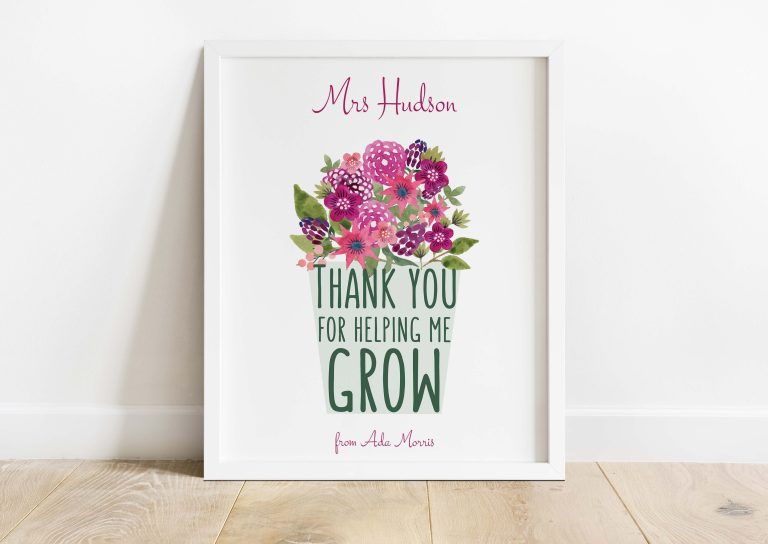How to Explain Opposites to Preschoolers: Fun and Engaging Activities

To explain opposites to preschoolers, use simple examples like hot and cold, big and small, or light and dark. Engage them in interactive activities and games to reinforce understanding.
Understanding opposites is a fundamental concept for preschoolers that sets the foundation for their vocabulary and cognitive development. As a parent or educator, it’s essential to create an environment that fosters learning through play and exploration. By utilizing engaging activities and relatable examples, you can effectively introduce the concept of opposites to preschoolers in a way that is fun and comprehensible.
This not only enhances their language skills but also encourages critical thinking and problem-solving. We will explore practical strategies to effectively explain opposites to preschoolers, enabling them to grasp this important concept with ease.
Grasping Opposites With Preschoolers
In preschool, children are at a critical developmental stage where they are beginning to understand the world around them. One essential concept for them to grasp is that of opposites. Teaching preschoolers about opposites is not only fun but also lays the groundwork for their future learning. Exploring this concept with children can be an enriching and enjoyable experience for both educators and young learners.
Discuss The Importance Of Understanding Opposites
Understanding opposites is crucial for preschoolers as it helps them to comprehend and communicate their thoughts effectively. This concept forms the basis for building vocabulary, improving critical thinking, and honing cognitive skills. By learning about opposites, children expand their knowledge of words, which lays a strong foundation for language development.
Explore Child Development Stages Related To Concept Learning
Children go through key developmental stages when it comes to learning concepts such as opposites. Understanding these stages can guide educators in tailoring their teaching approach to match the cognitive abilities of preschoolers. By aligning the teaching method with the child’s developmental stage, educators can make the learning experience more engaging and effective.
Creative Opposites Activities
Teaching opposites to preschoolers can be a fun and interactive experience. Engaging them in creative activities can make learning about opposites enjoyable and memorable. Here are some engaging activities to help kids understand the concept of opposites.
Use Contrast Cards
Using contrast cards is an effective way to visually represent opposites. Create cards with images depicting opposite pairs such as big/small, hot/cold, or happy/sad. Show the cards to the children and encourage them to identify and discuss the differences between the images. This visual aid helps reinforce the concept of opposites in a simple and engaging manner.
Interactive “Opposite Day” Games
Organize an “Opposite Day” where children can participate in interactive games centered around opposites. Incorporate activities such as “Simon Says” with opposite commands like “stand up” and “sit down,” or a “Treasure Hunt” where kids search for items that represent opposites, such as something soft and something hard. Making learning fun through playful games helps kids grasp the concept of opposites in an entertaining way.
Sing-along With Opposites Songs
Utilize the power of music and movement to teach opposites through sing-along songs. Choose catchy tunes that highlight opposite pairs and encourage kids to sing and dance along. Songs like “The Ants Go Marching” or “Head, Shoulders, Knees, and Toes” often incorporate opposites in their lyrics, making it easier for children to grasp the concept while enjoying the rhythmic melodies.
Engaging Crafts For Learning Opposites
Crafts That Incorporate Size Opposites
Introducing preschoolers to the concept of opposites can be both fun and educational. Crafts that incorporate size opposites provide a hands-on way for young learners to understand the concept. By engaging in these crafts, children can grasp the idea of big and small, tall and short, and other size-related opposites.
- Create a size sorting activity using cut-out shapes of various sizes. Let children group the shapes into big and small pairs and glue them onto separate pieces of construction paper.
- Use cardboard boxes of different sizes to construct a building activity. Encourage the children to stack the boxes from the smallest to the largest, emphasizing the concept of size opposites as they do so.
- Make a “big and small” collage by collecting pictures from magazines or printed images and having the children sort them into two categories based on size. Then, they can paste the images onto a poster board. This activity reinforces their understanding of size opposites.
Color-themed Opposite Art Projects
Color-themed opposite art projects not only enhance creativity but also help preschoolers comprehend the concept of color opposites. Exploring colors and their opposites through art and craft activities is a captivating way for children to learn and remember.
- Create a color wheel using paper plates and paint. Encourage the children to mix primary colors to achieve secondary colors. Discuss the opposites on the color wheel, such as red and green, blue and orange, and yellow and purple.
- Make a collage of complementary colors by providing the children with pairs of opposite-colored construction paper (e.g., red and green). Ask them to cut out shapes and glue them onto a larger piece of paper to create a visually appealing artwork.
- Utilize colored yarn to weave a rainbow tapestry. Discuss the opposite colors while weaving the yarn, emphasizing the harmonious pairing of opposites. This craft not only reinforces the concept of color opposites but also enhances fine motor skills.

How To Explain Opposites Through Storytelling
Storytelling is a powerful tool for teaching preschoolers about opposites. By weaving vibrant tales with opposing characters and themes, you can make learning opposites a joyful experience for young minds. Here are some effective ways to use storytelling to explain opposites to preschoolers:
Selecting Age-appropriate Opposite-themed Books
When selecting opposite-themed books for preschoolers, choose colorful and engaging stories that are age-appropriate. Look for books that feature simple and recognizable opposite pairs such as big and small, hot and cold, or high and low. These books should also have vivid illustrations that can captivate the children’s imagination and make the concept of opposites more tangible.
Crafting Stories With Opposite Character Traits
When crafting stories for preschoolers, incorporate characters with opposite traits to illustrate the concept of opposites. For example, you can tell a story about a brave lion and a timid mouse, or a fast rabbit and a slow turtle. By using vivid descriptions and lively dialogue, you can bring these characters to life and help children grasp the idea of opposites in an interactive and entertaining way.
Outside Play: Opposites In Nature
When it comes to teaching preschoolers about opposites, there’s no better classroom than the great outdoors. Nature offers a perfect setting for little ones to grasp concepts like big and small, day and night, and more. Through engaging activities and nature walks, children can learn about these fundamental opposites in a fun and interactive way.
Nature Walks To Explore Big And Small
Exploring the outdoors provides an excellent opportunity for preschoolers to understand the concept of big and small. Encourage them to notice the size of leaves, flowers, rocks, and insects they come across during the walk. You can even create a simple scavenger hunt, asking them to find big and small objects in nature.
Day And Night Sky Observation Activities
Engage preschoolers in observing the day and night sky to help them understand the concept of opposites. During the day, point out the brightness of the sun, blue sky, and white clouds. At night, focus on the moon, stars, and the darkness. This hands-on experience can help them grasp the stark contrast between day and night.
Fun And Engaging Opposites Exercises
Teaching opposites to preschoolers can be both enjoyable and educational. Incorporating fun and engaging activities into their learning experience can make grasping abstract concepts more accessible. Using role-playing and physical movement games can aid in understanding opposites effectively. Check out the following activities to introduce and reinforce the concept of opposites to preschoolers.
Role-playing With Opposite Emotions
Role-playing with opposite emotions engages children in a playful way. You can encourage them to act out emotions such as happy and sad, excited and bored, or energetic and tired. This interactive approach allows them to internalize the meaning of opposites by physically expressing and experiencing the emotions. It fosters empathy and emotional intelligence while they develop their understanding of contrasting feelings.
Physical Movement Games With Directional Opposites
Physical movement games with directional opposites integrate learning with physical activity. Activities like Simon Says, where children follow commands such as “Simon says touch your toes” and then “Simon says touch your head,” reinforce the concept of directional opposites like up and down, left and right. Incorporating these physical games not only aids in understanding opposites but also promotes gross motor skills and coordination in young children.
Frequently Asked Questions On How To Explain Opposites To Preschoolers
What Are Opposites And Why Are They Important For Preschoolers?
Understanding opposites helps preschoolers grasp language, cognitive skills, and relationships between objects. Learning about opposites also cultivates critical thinking and problem-solving skills crucial for their development.
How Can I Teach Opposites To Preschoolers In A Fun And Engaging Way?
Incorporate interactive activities such as matching games, arts and crafts, and storytelling to make learning opposites an enjoyable experience for preschoolers. Utilizing visual aids and body movements also enhances engagement and retention.
What Are Some Common Opposite Pairs That Are Easy For Preschoolers To Understand?
Simple words like big/small, hot/cold, happy/sad, and up/down are examples of opposite pairs that are easily relatable and understandable for preschool-age children. Start with these familiar terms to introduce the concept of opposites.
How Can I Reinforce The Concept Of Opposites In Everyday Activities?
Encourage preschoolers to identify and name opposites during daily routines like mealtime, playtime, or outdoor activities. Practice using opposites in conversations and exploring them in different contexts to reinforce understanding and application.
Conclusion
In helping preschoolers understand opposites, simplicity is key. By using fun activities and everyday examples, you can make learning engaging and relatable for them. Encouraging exploration and curiosity will foster a love for learning and language. As you navigate through this journey with your little ones, remember to be patient and celebrate their progress.
Your efforts in teaching opposites will help build a strong foundation for their future education and development.

Emily specializes in integrating arts into early childhood education. She believes in fostering creativity and imagination through music, art, and drama activities.







2 Comments